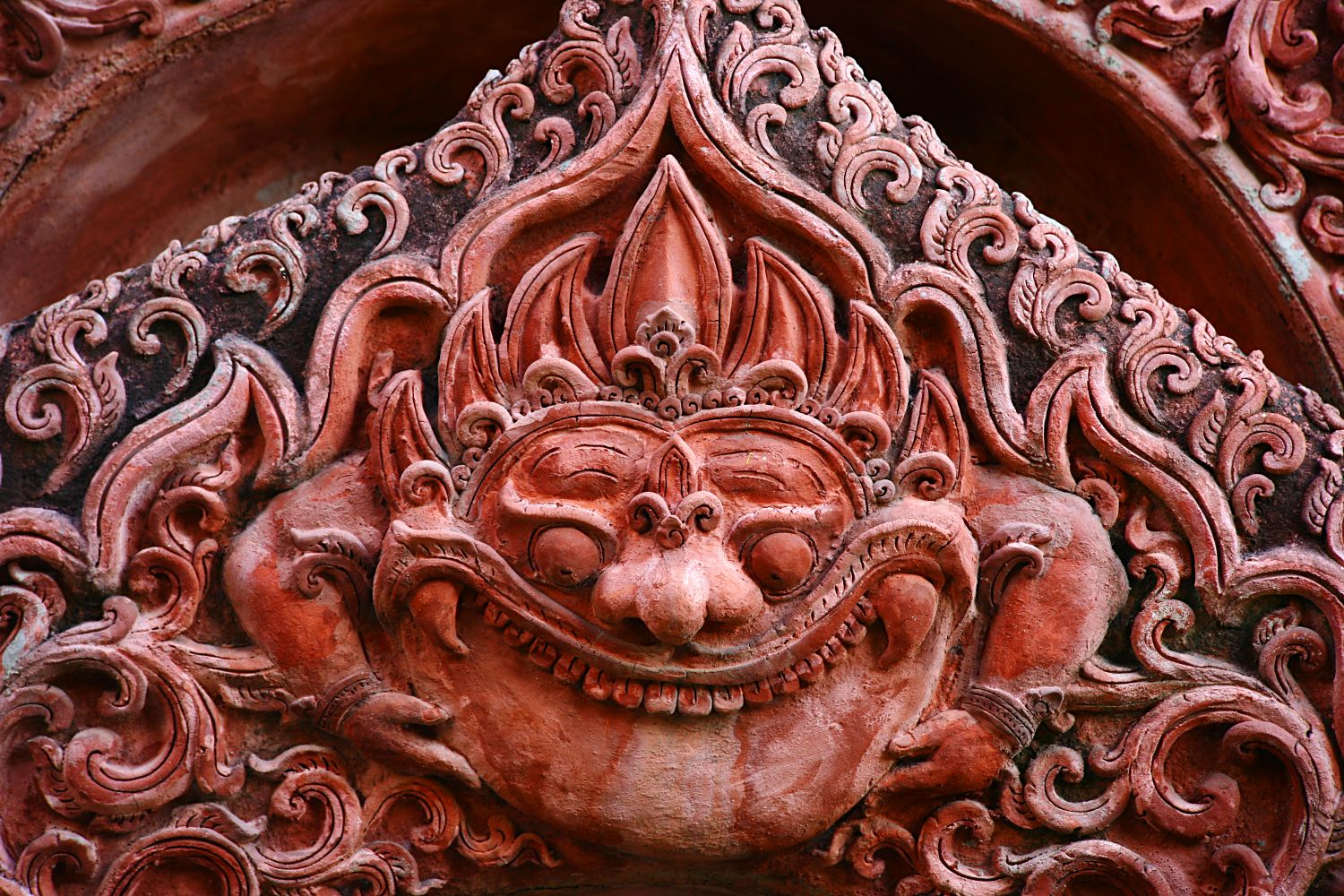On This Day 8 January 2024 Monday
Sam Vikram: 2080 Purnimanta Mass: Paush / पौष Paksha: Krishan / कृष्ण Tithi: Dwadashi upto 23:53
 Panchang / पंचांग
Panchang / पंचांग
Virram Samvat / विरम संवत: 2080
Shaka Samvat / शक संवत: 1945
Amanta Month / अमान्त मास: Margashirsha / मार्गशीर्ष
Purnimanta / पूर्णिमांत: Paush / पौष
Tithi / तिथि: Dwadashi upto 23:53
Paksha / पक्ष: Krishan / कृष्ण
Today/ आज
Festivals Today:
Festials Tomorrow: Maas Shivaraatri, Bhaum Pradosh Vrat, Pradosh Vrat
Day Today:
Day Tomorrow:
Yoga / योग: Ganda upto 26:48
First Karana / प्रथम करण: Kauvala / कौलव (तक) upto 12:24
Second Karana / द्वितीय करण: Taitila / तैतिल (तक) upto 23:53
Sunrise / सूर्योदय: 7:19
Sunset / सूर्यास्त: 17:35
Moonrise / चंद्रोदय: 4:00
Moonset / चंद्रास्त: 14:28
Sun Sign / कुण्डली: Dhanu
Moon Sign / राशि: Vrischika
 Auspicious Time / शुभ समय
Auspicious Time / शुभ समय
Abhijit / अभिजीत: 12:06 − 12:48
Amrit Kaal / अमृत काल: 11:29 − 13:05
 Inauspicious Time / अशुभ समय
Inauspicious Time / अशुभ समय
Gulikai Kalam / गुलिकाई कलाम: 13:44 − 15:01
Yamaganda / यमगंडा: 11:10 − 12:27
Dur Muhurtam / दुर्मुहूर्तम्: 05:48 − 05:49
Rahu Kaal / राहु काल: 08:36 − 09:53
Varjyam Kaal / वर्ज्यम् काल: None
Today / आज
Freedom Fighters sacrificed / राष्ट्रवादियों ने बलिदान दिया था At Least/ कम से कम: 12
Major Historical Events / प्रमुख ऐतिहासिक घटनाएँ
2020: Ukraine International Airlines Flight 752 was shot down by the Iranian military, killing all 176 people on board.
Historical Events in Brief / ऐतिहासिक घटनाएँ संक्षेप में
1949: The Council for Mutual Economic Assistance (COMECON) was established by the USSR and Eastern Bloc countries to coordinate economic development.
Anniversary / वर्षगांठ
1994: Chandrasekharendra Saraswati, the 68th Shankaracharya of the Kanchi Kamakoti Peetham, passed away.
1842: Mahadev Govind Ranade, an influential Indian scholar, social reformer, and author was born.
1929: Saeed Jaffrey, a celebrated actor in British and Indian films and television, was born.
1982: Sagarika Ghatge, an Indian actress known for her role in the film ‘Chak De! India,’ was born. The same year, AT&T was broken up due to an antitrust lawsuit.
1990: Alina Zasobina and Nusrat Jahan, both celebrated figures, were born. Sathiyan Gnanasekaran, an Indian table tennis player, was born in 1993.
1990: Birth of Nusrat Jahan, Celebrity Celebriy
1993: Birth of Sathiyan Gnanasekaran (Table Tennis Player)
Freedom Fighters’ sacrifice / राष्ट्रवादियों के बलिदान
Feature Image: The image is a monochromatic portrait of Mahadev Govind Ranade, an Indian scholar and social reformer. He appears to be middle-aged and is wearing traditional Indian attire, including a Gandhi cap. His mustache is prominent, and he has a serious, contemplative expression on his face. The style of the portrait suggests it may have been drawn or painted, typical of historical representations from the late 19th to early 20th century. (Click here to view image) [Credit: https://www.wikipedia.org]
